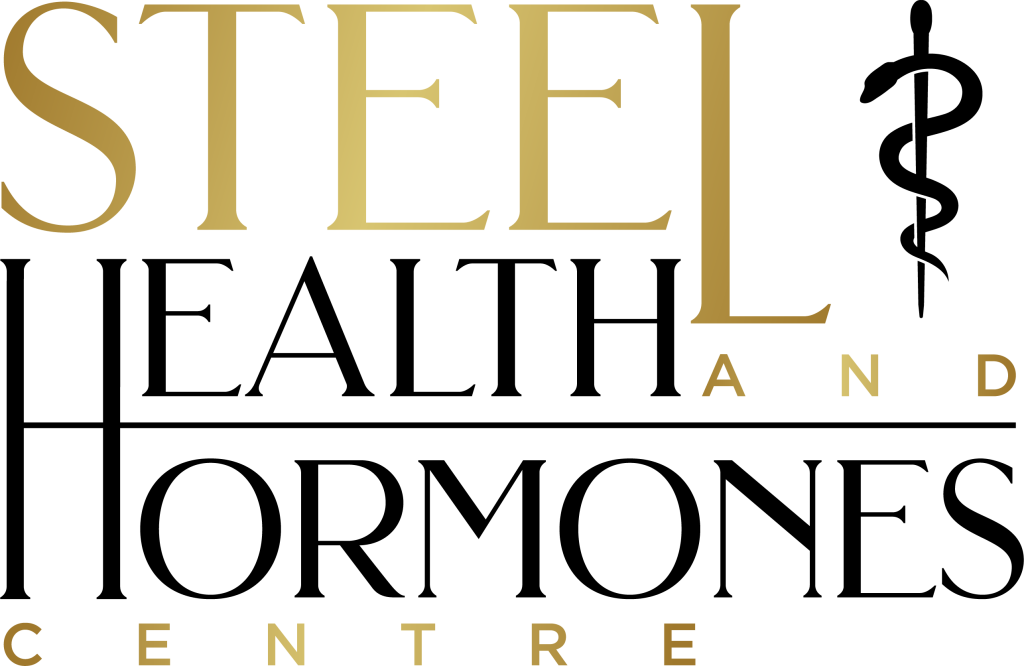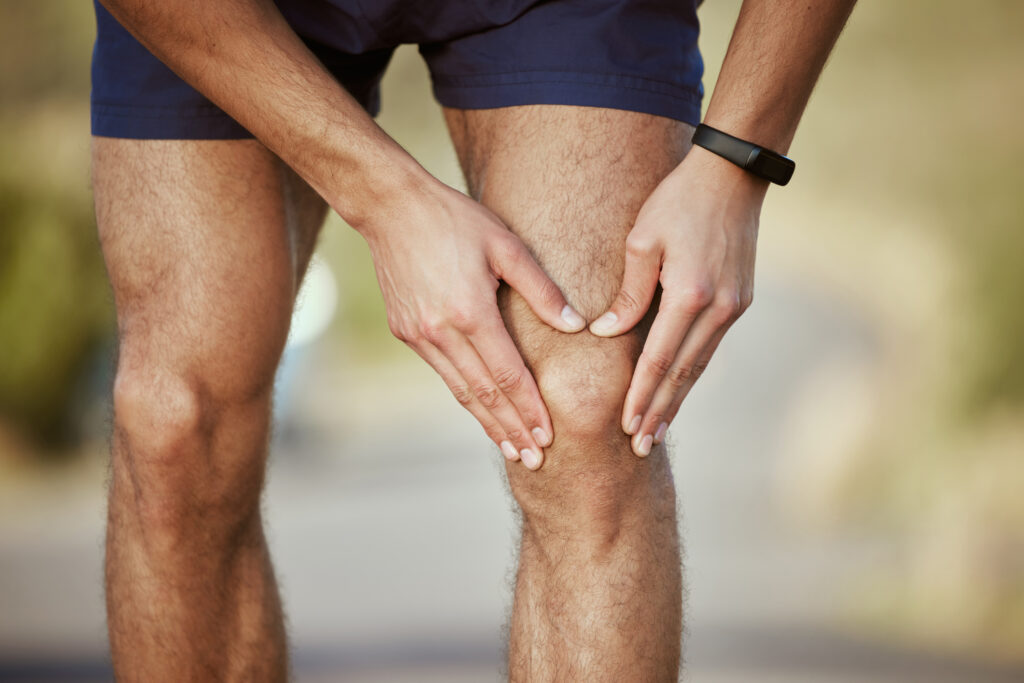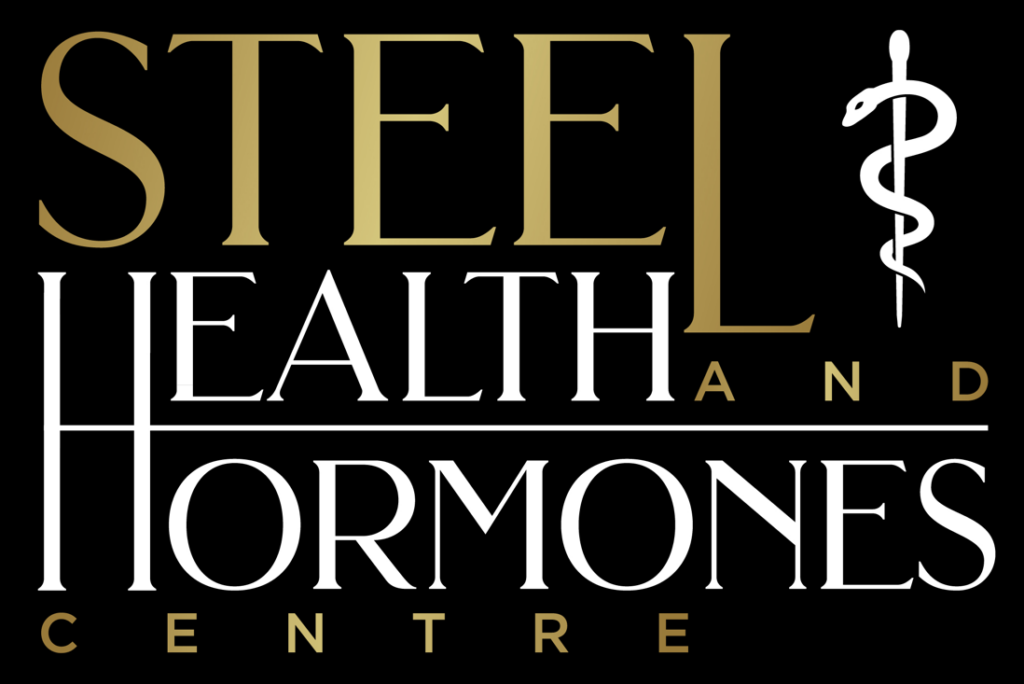Everything You Need to Know About PRP for Musculoskeletal Pain and Injuries
Steel Health and Hormones Centre is dedicated to helping people look, feel, and perform their best. With offices in Delmont and Wexford, we aim to be Pittsburgh’s premier private preventative medical center. We offer Bioidentical Hormone Replacement Therapy and Medical Weight Loss, and have expanded into regenerative medicine, including Stem Cell Therapy, Platelet Rich Plasma (PRP) Therapy, and peptides.
This article focuses on PRP Therapy, explaining how it works and the evidence supporting its efficacy. By the end, you should have a clear understanding of PRP and whether it’s right for you.
Disclaimer: I am not a doctor but a 50% owner of Steel Health and Hormones Centre, alongside Dr. Ralph Petrarca. We have extensive experience in preventative and regenerative medicine, but this article should not be used for medical diagnosis, treatment, or prevention. Always consult a qualified medical professional for such matters.
Understanding Injuries and Recovery
When you get injured, your body initiates an inflammatory response to bring blood to the affected area. This blood carries nutrients and growth factors to repair damaged cells. Inflammation is crucial for recovery, but chronic inflammation can lead to long-term pain and reduced quality of life. This basic understanding is key to grasping how PRP works.
What is PRP and How Does It Work?
PRP, or Platelet Rich Plasma, is a component of blood rich in growth factors. Dr. Robert E. Marx, an oral and maxillofacial surgeon, was instrumental in its development. He aimed to speed up patient recovery after surgery by enhancing the body’s natural healing processes.
Key Growth Factors in PRP:
- Platelet-Derived Growth Factor and Epidermal Growth Factor: Encourage cell division and specialization, replacing damaged cells.
- Vascular Endothelial Growth Factor: Promotes the formation of new blood vessels, improving nutrient delivery and healing.
- Stem Cell Attraction: Attracts stem cells to the injury site, aiding in tissue regeneration.
- Inflammation Modulation: Helps reduce inflammation after the initial response.
PRP Collection Process:
- Blood is drawn from the patient (autologous blood, no risk of rejection).
- The blood is placed in a medical-grade centrifuge to separate platelet-rich plasma from red blood cells.
- The plasma is spun again (soft spin) to ensure it is pure PRP.
Dr. Marx found that PRP continues to release growth factors for days after application, promoting healing.
Does PRP Work?
While rigorous, placebo-controlled, double-blind studies are limited, many providers and patients report positive outcomes. Here are some reasons for the mixed results:
- Lack of Standard of Care: Some clinicians use cheaper, less effective centrifuges.
- Lack of Follow-Up Therapy: Multiple treatments (usually three, spaced six weeks apart) are often needed for significant improvement.
- Premature Return to Activity: Recovery time is still necessary after PRP therapy.
A 2020 study in the Journal of Experimental Orthopedics surveyed 65 orthopedic and trauma surgeons:
- 89% believed PRP was useful.
- 77% found it helpful for tendon pathologies.
- 68% agreed it helped with osteoarthritis.
- 57% believed it aided muscle injuries.
- 51% found it beneficial for cartilage damage.
Despite the lack of standardized data, PRP remains popular due to its potential benefits when administered correctly.
Steel Health and Hormones Centre’s PRP Therapy
At Steel Health and Hormones Centre, we adhere to the highest standards for PRP therapy:
- Safe and Sanitary Environment: We draw your blood and use a medical-grade centrifuge.
- Double Centrifugation: Following Dr. Marx’s protocol to ensure pure PRP.
- Multiple Treatments: Three sessions, each spaced six weeks apart, for optimal results.
Is PRP Right for You?
To determine if PRP is suitable for you, consider the following:
- Willingness for Multiple Procedures: Three treatments are typically required for significant improvement.
- Type of Injury: PRP is most effective for acute injuries and osteoarthritis, not catastrophic injuries or those requiring major surgery.
If you’re an athlete or fitness enthusiast looking to speed up recovery or manage chronic pain, PRP could be a great option.
FAQs
How long does it take to see results from PRP therapy?
- Results can vary, but many patients notice improvements within a few weeks, with optimal results seen after a few months.
Is PRP therapy painful?
- Some patients may experience mild discomfort during the injection, but it is generally well-tolerated.
Are there any side effects of PRP therapy?
- Since PRP is derived from your own blood, the risk of adverse reactions is minimal. Temporary swelling or soreness at the injection site may occur.
How much does PRP therapy cost?
- Costs vary based on the treatment area and provider. Discuss pricing and financing options with our team.
Take the First Step
If you’re interested in PRP therapy, contact our team at Steel Health and Hormones Centre by filling out the contact form below. A team member will reach out within 24 hours to schedule your consultation and provide the information you need to make an informed decision about your healthcare.
Steel Health and Hormones Centre is dedicated to helping people look, feel, and perform their best. With offices in Delmont and Wexford, we aim to be Pittsburgh’s premier private preventative medical center. We offer Bioidentical Hormone Replacement Therapy and Medical Weight Loss, and have expanded into regenerative medicine, including Stem Cell Therapy, Platelet Rich Plasma (PRP) Therapy, and peptides.
This article focuses on PRP Therapy, explaining how it works and the evidence supporting its efficacy. By the end, you should have a clear understanding of PRP and whether it’s right for you.
Disclaimer: I am not a doctor but a 50% owner of Steel Health and Hormones Centre, alongside Dr. Ralph Petrarca. We have extensive experience in preventative and regenerative medicine, but this article should not be used for medical diagnosis, treatment, or prevention. Always consult a qualified medical professional for such matters.
Understanding Injuries and Recovery
When you get injured, your body initiates an inflammatory response to bring blood to the affected area. This blood carries nutrients and growth factors to repair damaged cells. Inflammation is crucial for recovery, but chronic inflammation can lead to long-term pain and reduced quality of life. This basic understanding is key to grasping how PRP works.
What is PRP and How Does It Work?
PRP, or Platelet Rich Plasma, is a component of blood rich in growth factors. Dr. Robert E. Marx, an oral and maxillofacial surgeon, was instrumental in its development. He aimed to speed up patient recovery after surgery by enhancing the body’s natural healing processes.
Key Growth Factors in PRP:
- Platelet-Derived Growth Factor and Epidermal Growth Factor: Encourage cell division and specialization, replacing damaged cells.
- Vascular Endothelial Growth Factor: Promotes the formation of new blood vessels, improving nutrient delivery and healing.
- Stem Cell Attraction: Attracts stem cells to the injury site, aiding in tissue regeneration.
- Inflammation Modulation: Helps reduce inflammation after the initial response.
PRP Collection Process:
- Blood is drawn from the patient (autologous blood, no risk of rejection).
- The blood is placed in a medical-grade centrifuge to separate platelet-rich plasma from red blood cells.
- The plasma is spun again (soft spin) to ensure it is pure PRP.
Dr. Marx found that PRP continues to release growth factors for days after application, promoting healing.
Does PRP Work?
While rigorous, placebo-controlled, double-blind studies are limited, many providers and patients report positive outcomes. Here are some reasons for the mixed results:
- Lack of Standard of Care: Some clinicians use cheaper, less effective centrifuges.
- Lack of Follow-Up Therapy: Multiple treatments (usually three, spaced six weeks apart) are often needed for significant improvement.
- Premature Return to Activity: Recovery time is still necessary after PRP therapy.
A 2020 study in the Journal of Experimental Orthopedics surveyed 65 orthopedic and trauma surgeons:
- 89% believed PRP was useful.
- 77% found it helpful for tendon pathologies.
- 68% agreed it helped with osteoarthritis.
- 57% believed it aided muscle injuries.
- 51% found it beneficial for cartilage damage.
Despite the lack of standardized data, PRP remains popular due to its potential benefits when administered correctly.
Steel Health and Hormones Centre’s PRP Therapy
At Steel Health and Hormones Centre, we adhere to the highest standards for PRP therapy:
- Safe and Sanitary Environment: We draw your blood and use a medical-grade centrifuge.
- Double Centrifugation: Following Dr. Marx’s protocol to ensure pure PRP.
- Multiple Treatments: Three sessions, each spaced six weeks apart, for optimal results.
Is PRP Right for You?
To determine if PRP is suitable for you, consider the following:
- Willingness for Multiple Procedures: Three treatments are typically required for significant improvement.
- Type of Injury: PRP is most effective for acute injuries and osteoarthritis, not catastrophic injuries or those requiring major surgery.
If you’re an athlete or fitness enthusiast looking to speed up recovery or manage chronic pain, PRP could be a great option.
FAQs
How long does it take to see results from PRP therapy?
- Results can vary, but many patients notice improvements within a few weeks, with optimal results seen after a few months.
Is PRP therapy painful?
- Some patients may experience mild discomfort during the injection, but it is generally well-tolerated.
Are there any side effects of PRP therapy?
- Since PRP is derived from your own blood, the risk of adverse reactions is minimal. Temporary swelling or soreness at the injection site may occur.
How much does PRP therapy cost?
- Costs vary based on the treatment area and provider. Discuss pricing and financing options with our team.
Take the First Step
If you’re interested in PRP therapy, contact our team at Steel Health and Hormones Centre by filling out the contact form below. A team member will reach out within 24 hours to schedule your consultation and provide the information you need to make an informed decision about your healthcare.
Bibliography
https://link.springer.com/article/10.1186/s40634-020-00282-2



